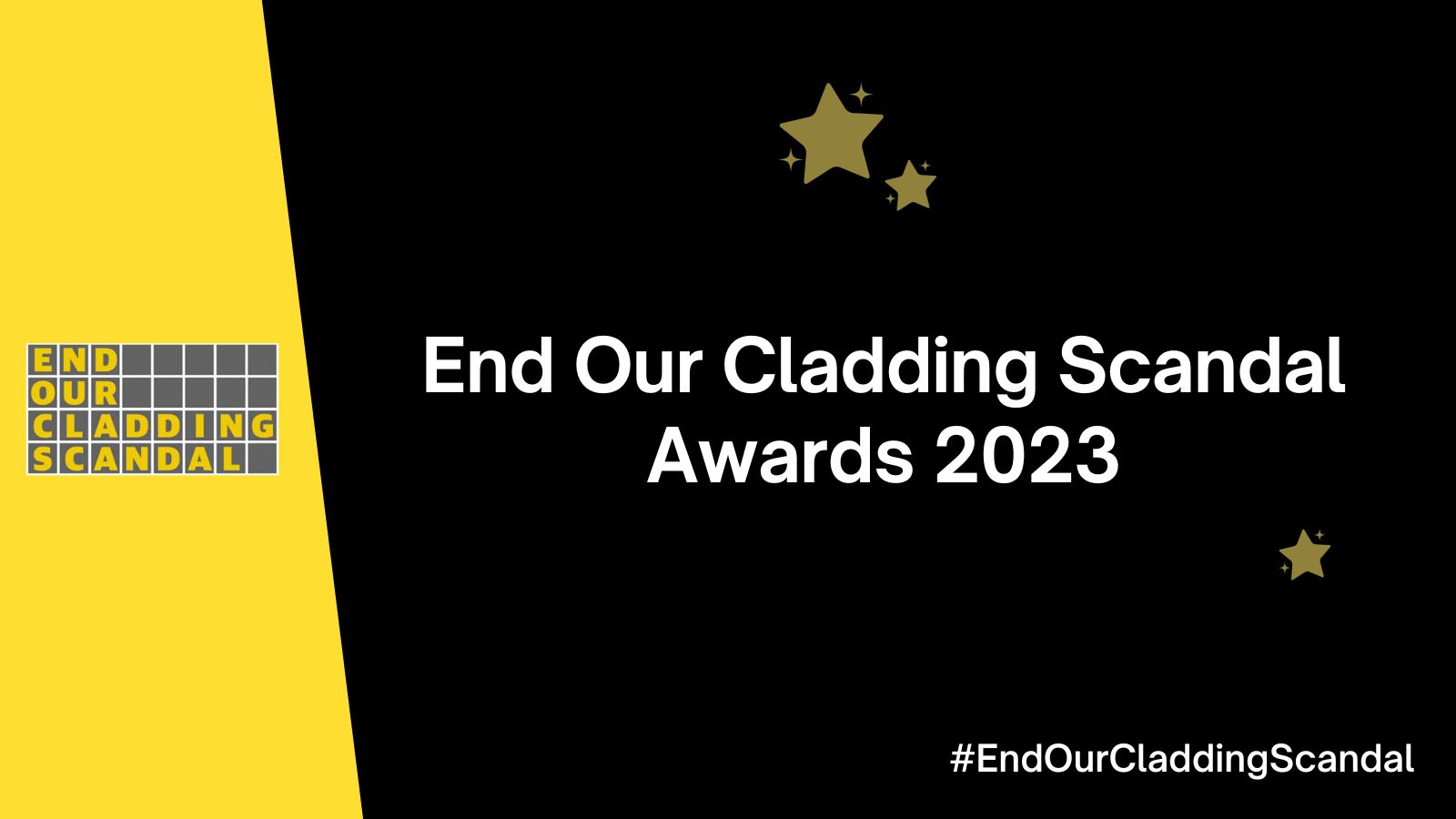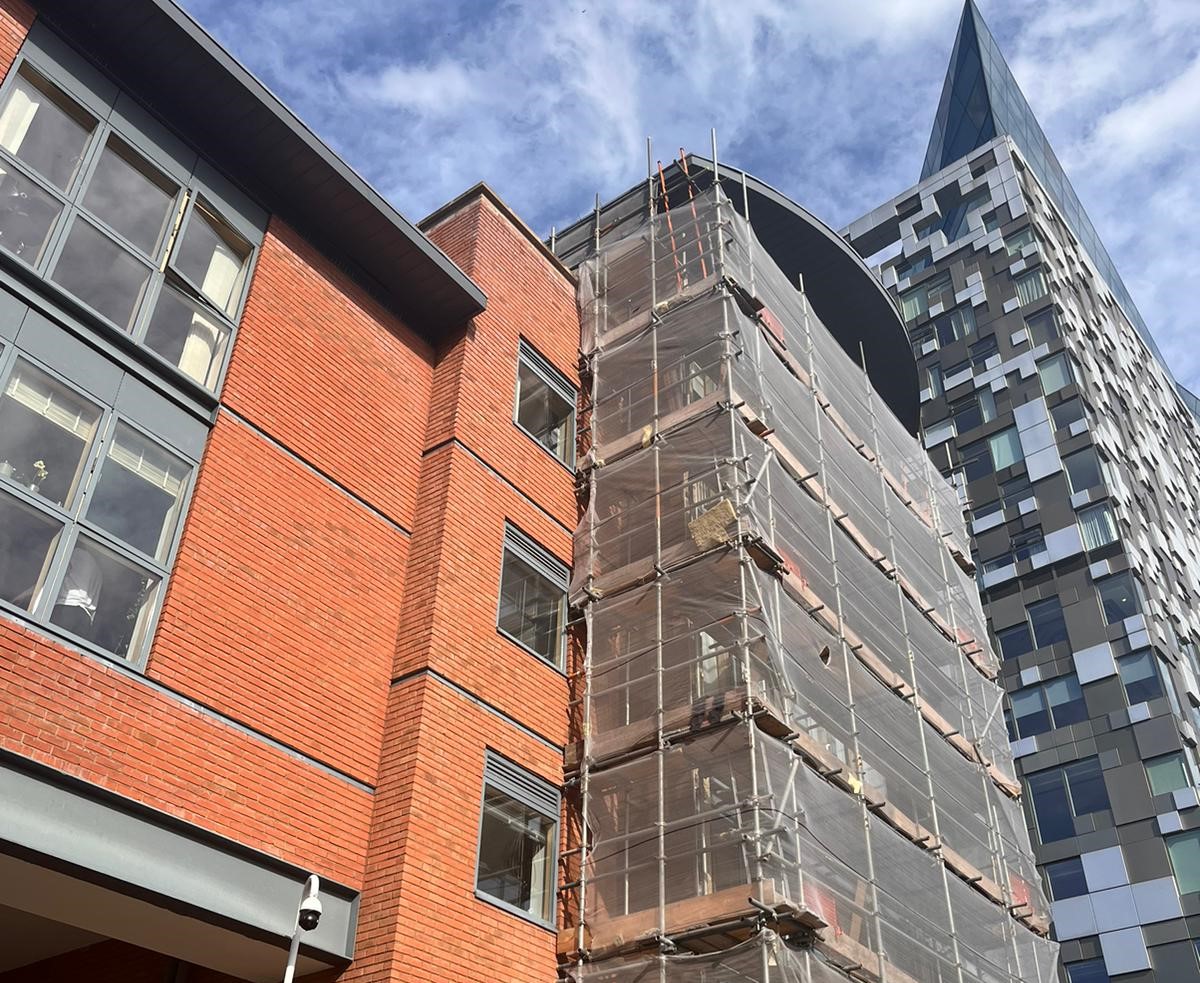Government announcement on withdrawal of Consolidated Advice Note (CAN)
We met with Lord Greenhalgh and MHCLG officials on 22 July. Our detailed notes of the meeting are below. We expect the next meeting to take place after the summer recess.
Our previous meeting with MHCLG was on 26 May (see meeting notes); you may also want to check the notes of our March roundtable with MHCLG, ABI and BIBA.
- The withdrawal of the Consolidated Advice Note (CAN) came as a result of recommendations from a group of four Experts instructed by the Government, with agreement from the NFCC and IFE.
- MHCLG believed that the Expert Statement should give leaseholders an opportunity to challenge remediation to buildings under 18m. Whilst not clear on the position of these buildings, they suggested that:
- For those who have an EWS1 recommending remediation, a second opinion is sought before remediation is started (EOCS Note – this is explicitly stated in paragraph 13 of the Expert Statement). There will still be some situations in which buildings under 18m will still need to be remediated.
- For those who have not yet had EWS1, there is no need for this.
- The CAN will be withdrawn once PAS9980 comes into force. This was due in September but Lord Greenhalgh advised it is likely to be around November.
- We noted the lack of support from RICS which means the approach of surveyors and banks is unlikely to change; this seemed to be another example of MHCLG failing to get stakeholder buy-in. We advised that we would inform leaseholders and ask them to request a reassessment of any reports that had been received and we would feed back on whether this change has affected current remediation/insurance/interim measure requirements in the real world.
- We noted that we had long requested certainty on risk advice and proportionality given the January 2020 CANs had caused the current zero-risk approach, and that we had repeated this request, as well as firmer guidance on risk mitigation such as alarms and sprinklers, when we met with Robert Jenrick in November. We asked when this Expert Group was constituted, and Lord Greenhalgh replied that it was fairly recently in May or June (EOCS Note – Roy Wilsher joined MHCLG as an adviser in April 2021). We repeated that progress had been too slow and had caused misery for hundreds of thousands of people. We noted that we had been here before and that at least the Government had formally sought support from the banks; however, the lender statements were nowhere near as clear cut as the Secretary of State had made them out to be and were still predicated on the CANs being withdrawn. (See also UK Finance and BSA statement of 21 July 2021.
- Finally, we asked for confirmation on what was market sensitive in Robert Jenrick’s Ministerial Statement that had been published as he opened his speech on 21 July. Lord Greenhalgh said he did not have the statement in front of him so he could not say. We expressed our firm dissatisfaction, as echoed by MPs from all parties, at what we deemed to be political shenanigans in the timing of the release of the statement.
Loan Scheme
- MHCLG stated that the loan scheme will be going ahead for those buildings under 18m that require remediation. Details are expected to be published in September. Again, we challenged the loan scheme and the lack of any clear information on how it would work without affecting flat prices. We again requested that those buildings under 18m which are considered high-risk enough to require remediation or risk mitigation should be included in the Building Safety Fund (BSF). Lord Greenhalgh said that this would be a change in policy and that it was not being considered for the September publication of updated guidance.
- We noted the unfairness where a leaseholder in a building slightly over 18m with a strip of decorative cladding at the top would receive help from the Government but a leaseholder in a 16m building would not, even if they faced costly remediation expenses. We argued that the average cost to remediate in the former scenario would cover the cost of risk mitigation in a number of sub-18m buildings, and there was still no clear, holistic risk-based approach to all buildings of all sizes and all tenures. We stated that we hoped this latest advice would have a positive effect for those trapped in under 18m buildings, but our fear was that this was yet another announcement that wouldn’t have the desired effect and the prevailing uncertainty in the market was likely to remain for some time.
Redress
- We noted the problems with the Defective Premises Act (DPA), including the issues with leaseholders seeking redress for themselves, as acknowledged by MHCLG in the June 2020 National Audit Office report – whilst an extension was welcomed in principle, it did next to nothing to help those of us trapped in this crisis given the number of now insolvent Special Purpose Vehicles used during construction, the enormous costs to pursue legal action and the impact to pace of remediation.
- Lord Greenhalgh advised that the Government had sought advice from Counsel and the extension would help us and we should welcome both it and the retrospective application. We repeated our view that it was not helpful and explicitly noted that a fairer procedure would be a truly fit-for-purpose extension and the ability to assign legal rights to the Government to take the action. Lord Greenhalgh said this had not been considered.
- We raised the Polluter Pays legislation that had been drafted by a leaseholder, asked whether this had now been received and requested that it was properly and fully assessed for inclusion as an amendment to the current BSB. Lord Greenhalgh confirmed that the proposed legislation and the explanatory notes had been received and MHCLG was reviewing the documentation.
Building Safety Fund
- MHCLG advised that it would be issuing further guidance on the £3.5bn tranche of BSF funds in September. We had previously raised our request to review the delivery of the funds and suggested the Waking Watch Relief Fund (WWRF), where funds had been administered locally, seemed to work a lot quicker, at least in the areas outside London, where there had been a much slower pace than hoped. We suggested that, in general terms, the local knowledge of Authorities alongside local Fire Services should help with responsiveness, particularly in comparison with the current MHCLG “black hole” where applications seemed to disappear without trace for months on end.
- We pushed again for this to include a widening in the scope because it was not possible to make a building ‘half safe’; whilst only unsafe cladding systems are in scope, many buildings will remain unsafe given the range of other safety defects. Again, Lord Greenhalgh said that would be a change in policy but suggested that any changes that may arise would include risk-based prioritisation.
- £540m has been allocated to 560 buildings – we noted that this was still some way away from the forecast £1bn by the end of March 2021. It was also noted that only 12p in the £1 of the BSF has been distributed. We were also formally advised that the deadlines had been relaxed in favour of engagement with each building.
- A draft updated agreement was issued in May following issues with previous terms raised by freeholders and managing agents. We noted that they we were still waiting for a response to a number of issues we raised with the agreement in January, which we had chased at numerous meetings with promises of a reply but with none forthcoming – again, we requested a response and were promised one would be sent.
Waking Watch Issues and Waking Watch Relief Fund
- We queried how the publication of the independent expert statement would affect buildings with WW under 18m. MHCLG believed these were limited and asked for further data. We strongly suggested MHCLG obtain this data and queried what had happened to the pilot scheme announced by Chris Pincher in October 2020. We didn’t get a response.
- The issue of evacuation managers was raised. MHCLG believe that the WWRF funding for alarms removes the need for WW patrols; we explained that evacuation managers are often still required, however, which is another cost being faced by leaseholders.
- MHCLG is aware of issues with the WWRF in London, which they put down to a lack of information being provided by the freeholder/managing agent. They expect the backlog to be cleared by August.
- We formally requested the WWRF to be reopened. We repeated that it was unfair to not have funding for an unsafe building simply because it is below an arbitrary height or has the sole issue of unsafe cladding as a safety defect.
- We also stated that there were 901 buildings in Greater London alone with WW, and those alone would raise nearly £30m in VAT for HM Treasury in a single year, so it was clearly gravely unfair that the Treasury was profiting from our misery.
- We further noted that of those 901 buildings, 226 had WW in place due to non-cladding issues and were being ruled out of any help despite the cause of the safety issues being the same. Lord Greenhalgh advised that this was a policy matter and not something he had the authority to implement.
Insurance
- We were told that Robert Jenrick met with chief executives of large insurers. MHCLG could not provide any outcomes of that meeting or what is being considered as it was subject to commercial negotiation.
- MHCLG has asked for information from buildings with ACM where remediation has started as they want to understand the effect of remediation on insurance premiums.
- We reiterated that the market is still not working as some B1-rated buildings had not been able to get insurance at a reasonable cost, and there had been no progress on premiums since our roundtable with the ABI in March. We requested a further roundtable with ABI/BIBA and MHCLG, and a timeline for actual solutions that would ensure we are not forced to pay insurance costs many hundreds of percent over previous years. We reiterated the simple solution of the Government stepping in to cover fire-related payouts over a set figure. Lord Greenhalgh advised that MHCLG was concerned that any intervention by the state would not have the desired effect of reducing premiums. We stated that this appeared to be a false argument as the Government should have the power to set the requirements of any intervention and the Government kept repeating how few fires there were in residential buildings but had taken no firm action since we raised it over a year ago.
- We explained that we had received feedback that the terms of the new Aviva policy – published after Robert Jenrick’s meeting with Aviva – were so restrictive that it was still impossible to get cover, and that leaving solutions to the industry was not working.
AOB
- We formally requested a meeting with Robert Jenrick. We noted that it had been approximately eight months since our last meeting. We suggested that having a proper open and honest face-to-face meeting would work best and this was particularly important because a number of the suggestions we had made had eventually been implemented but this was too little and too late given the years of misery many had suffered and were still suffering. Lord Greenhalgh said he would speak to Robert Jenrick’s office to raise our request.
The End Our Cladding Scandal campaign calls on the Government to lead an urgent, national effort to fix the building safety crisis.

Follow us on Twitter
for important updates on the campaign, ways to get involved and new information



